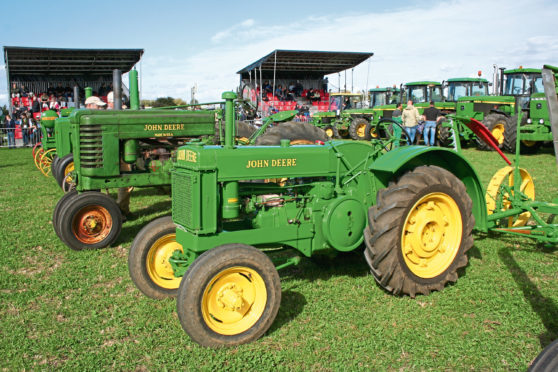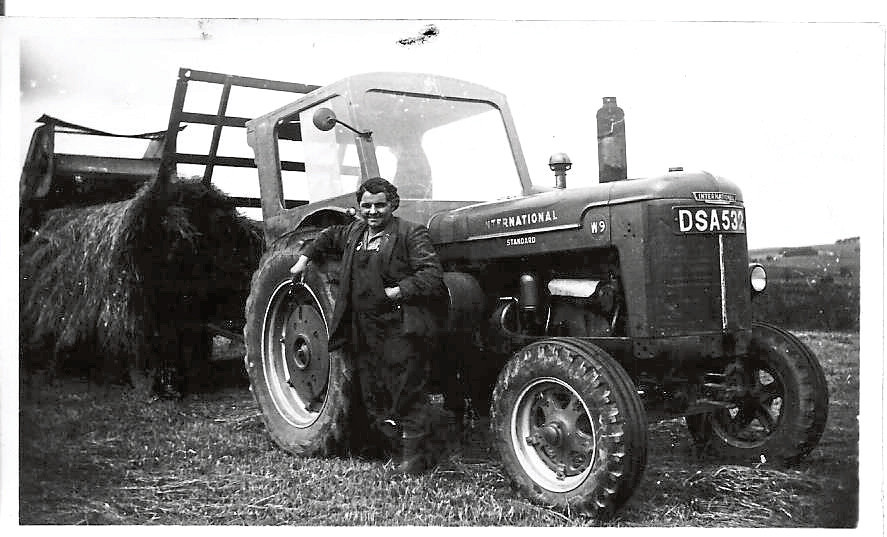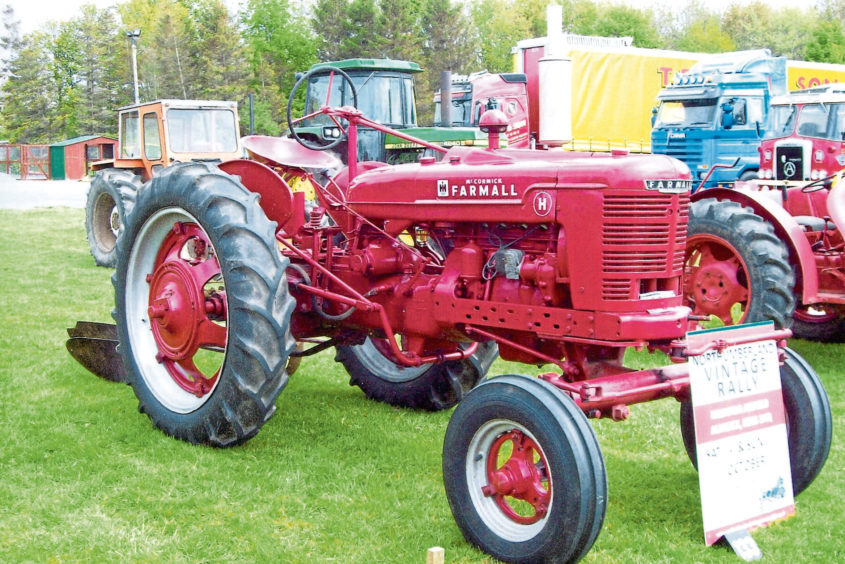Back in the late 1930s, many tractor manufacturers started to develop new lines of products ready to capitalise on expanding markets.
Motor companies began to style cars and trucks with flowing lines and full-bodied looks, realising that customers, who were once only concerned with price and reliability, now considered looks to be just as important when making a purchase.
America’s main tractor manufacturers took note of these changes and followed suit.
Some even appointed proven industrial stylists to remodel the looks of their tractors.
Gone were the square, blocky outlines and in came curvaceous bodies as if taking a cue from the glamorous Hollywood sirens of the day such as Mae West, Betty Grable and Jean Harlow.
Oliver was one of the first with the new smart-styled 60 and 70 models, offering stunning looks like the new cars emerging from the likes of Ford, Oldsmobile, General Motors and Cord.
The Minneapolis Moline Z was a real head-turner with its swept looks and, like others of the time, it sported a new vivid colour scheme of Prairie Gold and Red, replacing the dreary grey which so many tractor manufacturers used up to this point.
This styling also applied to the smaller R and the bigger U range and the largest G range of tractors.
Although Allis Chalmers did not style its U and A models, the firm’s new Model B launched in 1938 did have much more rounded tin work and so did the W series shortly after.
Also, in 1938, the Canadian concern of Massey Harris launched a new range of tractors which had much rounder lines with sheet metal bonnets and side panels covering all the engine components.
The Massey range from this period was quite complex with various choices of engine.
The ranges included the 81 and 82 models, the 100 series and the larger 200 series, and they continued as the red tractors emerged from earlier subtle style changes.
J.I. Case followed suit in 1939 when it moved from grey to a bright orange colour named Flambeau Red.
The model D replaced the model C and, although there were several improvements, in essence it was a similar tractor.
Likewise, the LA replaced the L at the top of the range while the smaller R was refashioned before being phased out completely in 1941 when the replacement S range was introduced.
However, it was the two leading manufacturers – John Deere and International Harvester – who made all the headlines by using two famous designers to restyle their tractors.
John Deere appointed leading designer Henry Dreyfuss to rejig its offering. He was a very functional designer, rather than a stylist, and studied ergonomics to help make improvements to operator comfort and efficiency.
Dreyfuss had worked on ships and locomotive design, and he was also credited with work on telephones, clocks, vacuum cleaners and typewriters.
His work with John Deere saw the range of tractors receive new looks and many other improvements offered to the operators of the Model A, B, D, L, H and G tractors.
International Harvester, the leading concern of the time, appointed industrial designer Raymond Loewy to carry out a styling exercise for new tractors which it had worked on during the Depression.
Described as the man who shaped America, Loewy is responsible for the well-known Shell, Trans World Airlines (TWA) and former BP logos. He also designed the famous Coca Cola vending machine and Lucky Strike cigarette packaging.
Loewy’s work carried over the whole spectrum of International Harvester tractor ranges, with the crawler range having new tin work added to match that of the wide-axled W series and the row crop Farmall range which included the newly introduced smaller Model A.
It even carried over to some of the many other pieces of farm equipment the company offered including their cream separators.
Today tractors are still putting on the style to attract customers.


